Peru has a total of 15 national parks. These protected areas showcase the country’s diverse landscapes, ranging from the Andean highlands to the Amazon rainforest, and play a vital role in conserving Peru’s rich biodiversity and cultural heritage.
About Peru National Parks
Peru, a land of stunning natural beauty and incredible biodiversity, is home to 15 national parks that protect its varied ecosystems, ranging from the high Andes to the Amazon rainforest. These parks safeguard unique flora and fauna, preserve ancient cultural heritage, and offer visitors the chance to explore some of South America’s most remarkable landscapes. Among Peru’s protected areas, several national parks stand out for their ecological importance and global significance.
Manu National Park is one of the most renowned parks in Peru and a UNESCO World Heritage Site. Located at the meeting point of the Andes and the Amazon, it spans over 17,000 square kilometers and is considered one of the most biodiverse places on Earth. The park supports over 1,000 bird species, 200 mammal species, and countless plants and insects. Visitors can explore its pristine rainforests, spot jaguars and giant otters, and learn about the Indigenous communities who have lived in harmony with the land for centuries. Manu’s untouched wilderness and scientific significance make it a global treasure.
In southern Peru, Huascarán National Park protects the breathtaking landscapes of the Cordillera Blanca, the world’s highest tropical mountain range. Dominated by the towering Huascarán peak, the park’s glaciers, turquoise lakes, and alpine meadows offer a dramatic setting for outdoor enthusiasts. It is a haven for rare species like the Andean condor, spectacled bear, and vicuña. The park is also culturally significant, with pre-Incan ruins and archaeological sites scattered across its rugged terrain. Its inclusion as a UNESCO World Heritage Site underscores its ecological and cultural importance.
Tambopata National Reserve, while part of a broader protected area network, connects to Bahuaja-Sonene National Park, forming a massive conservation corridor in the Amazon Basin. Bahuaja-Sonene is known for its striking biodiversity, including giant armadillos, harpy eagles, and endangered species like the maned wolf. Visitors to this region can experience river expeditions, canopy walks, and guided jungle treks that reveal the park’s astonishing wildlife and vibrant ecosystems.
Pacaya-Samiria Nature Reserve, often called the “Jungle of Mirrors,” is located in the northern Amazon region. It is the largest protected area in Peru, featuring vast wetlands, flooded forests, and a network of rivers and lagoons. The park is a stronghold for aquatic species like the pink river dolphin and Amazonian manatee, as well as diverse birdlife and terrestrial animals. Visitors can explore its waterways by canoe, witnessing its surreal beauty and incredible biodiversity.
Cutervo National Park, Peru’s oldest national park, protects a unique cloud forest ecosystem in the Cajamarca region. This park is home to rare species such as the spectacled bear and the yellow-tailed woolly monkey, as well as striking caves and underground rivers. Its remote location makes it a quieter destination, perfect for adventurers seeking off-the-beaten-path experiences.
Peru’s national parks face challenges such as illegal logging, mining, and deforestation, particularly in the Amazon. However, significant conservation successes have been achieved through community engagement, ecotourism, and international partnerships. These efforts help preserve Peru’s natural wonders for future generations while supporting sustainable development.
Peru National Parks

Alto Purús National Park
Explore Now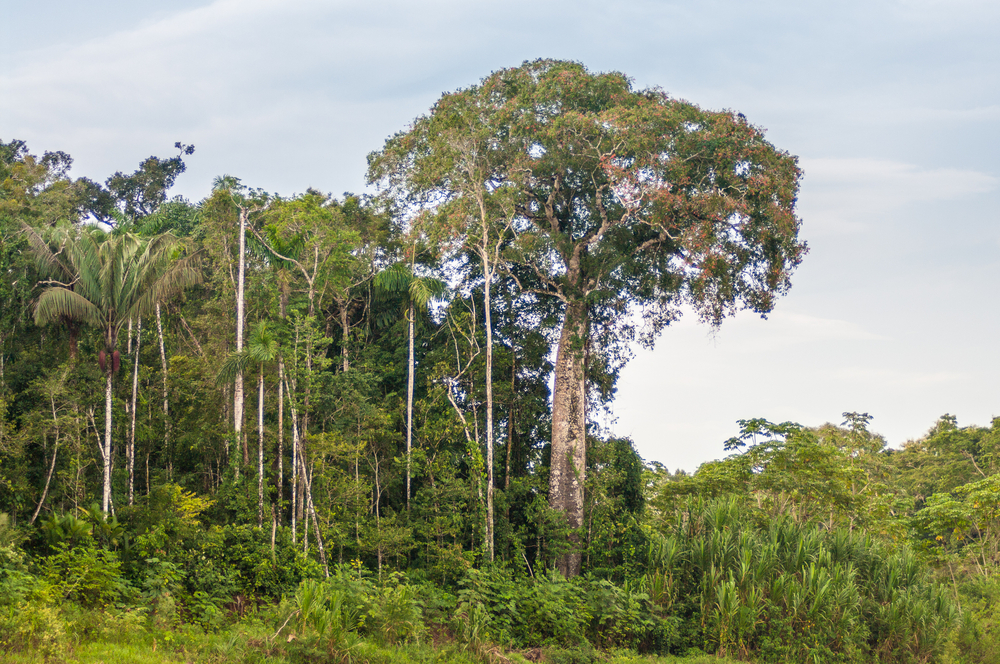
Bahuaja-Sonene National Park
Explore Now
Cerros de Amotape National Park
Explore Now
Cordillera Azul National Park
Explore Now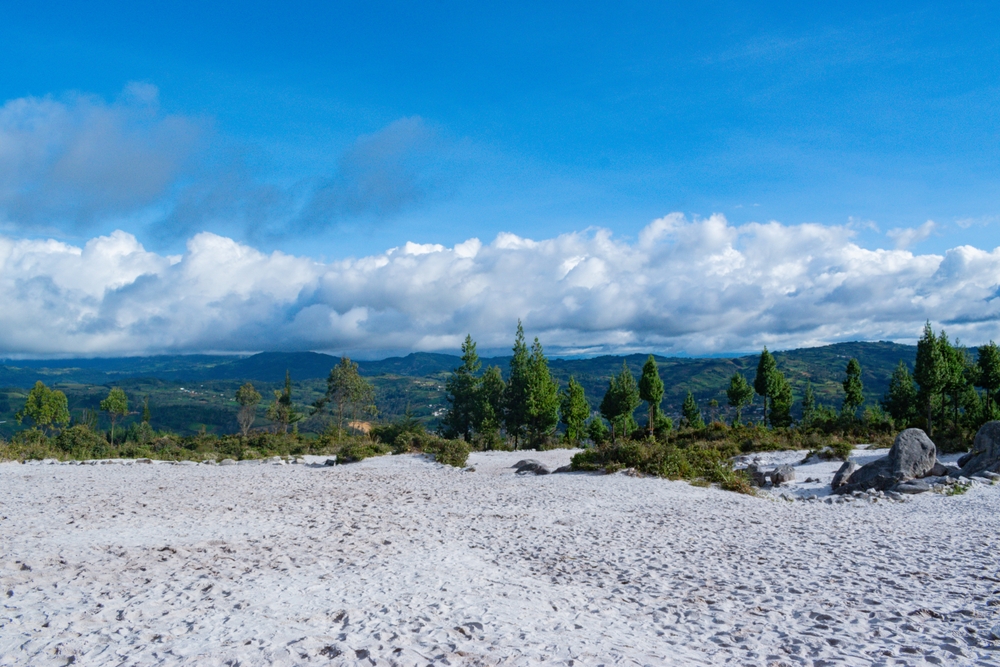
Cutervo National Park
Explore Now
Güeppí-Sekime National Park
Explore Now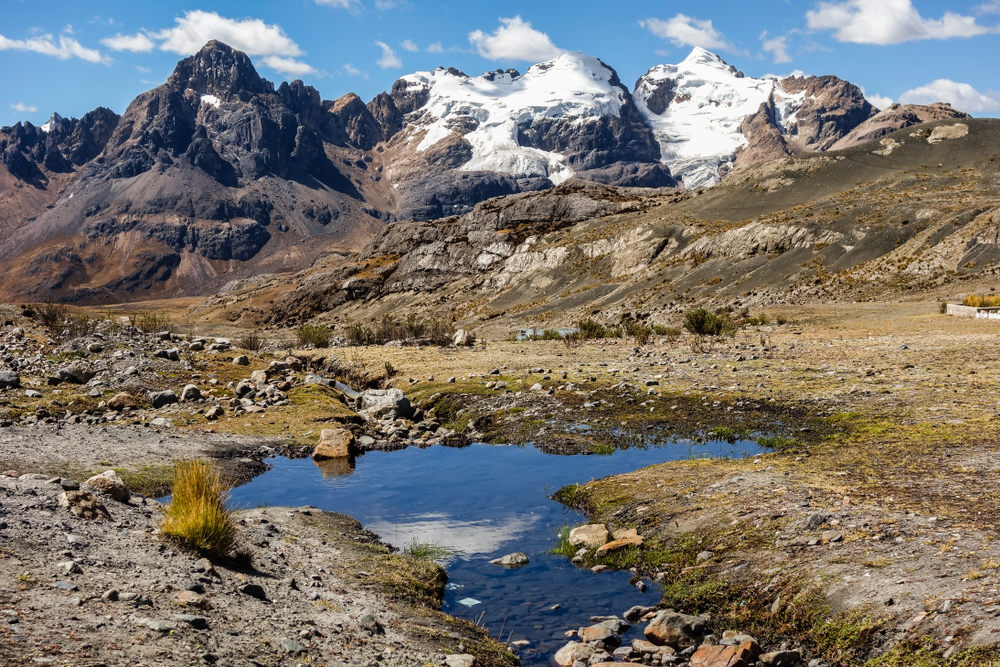
Huascaran National Park
Explore Now
Ichigkat Muja – Cordillera del Condor National Park
Explore Now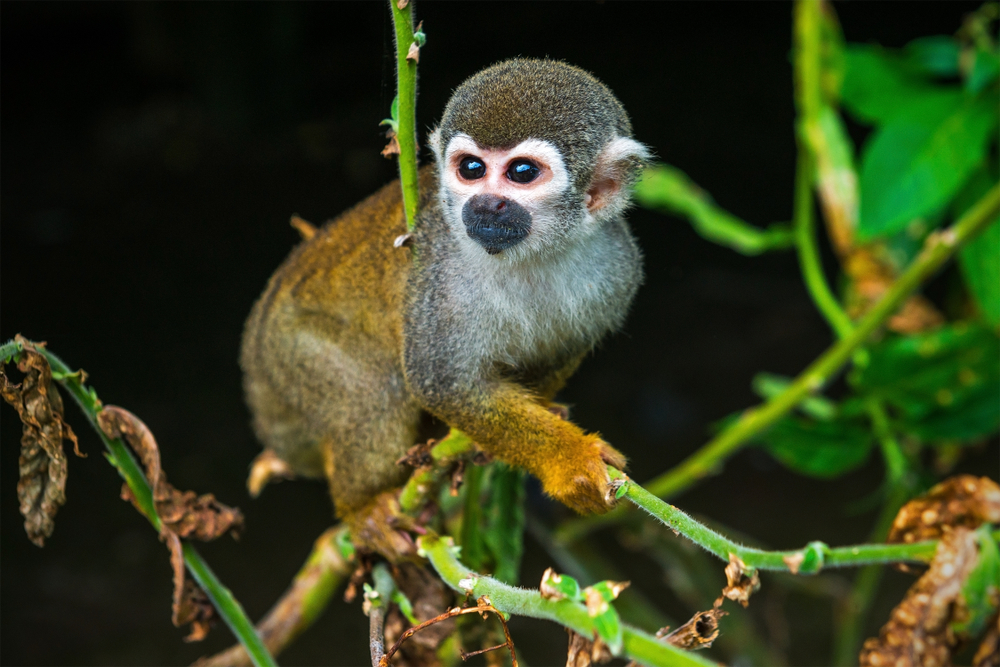
Manu National Park
Explore Now
Otishi National Park
Explore Now
Río Abiseo National Park
Explore Now
Sierra del Divisor National Park
Explore Now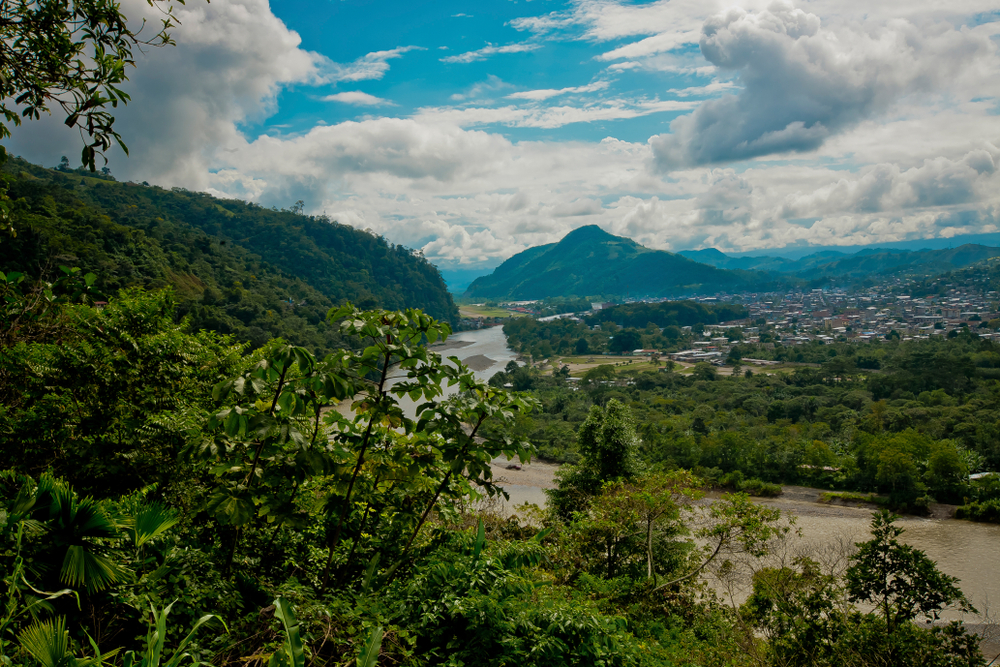
Tingo María National Park
Explore Now
Yaguas National Park
Explore Now
Yanachaga–Chemillén National Park
Explore NowFAQ’s
1. How many national parks are there in Peru?
2. What is the largest national park in Peru?
The largest national park in Peru is the Alto Purús National Park (Parque Nacional Alto Purús). Located in the departments of Ucayali and Madre de Dios in the eastern part of Peru, near the border with Brazil, Alto Purús National Park covers an area of approximately 2,808,000 hectares (about 10,837 square miles).
Established in 2004, Alto Purús National Park is part of the Amazon rainforest and is one of the largest protected areas in the world. It is characterized by its vast expanse of pristine wilderness, including tropical rainforest, rivers, oxbow lakes, and diverse ecosystems that are home to a rich variety of plant and animal species, many of which are endemic or endangered.
Alto Purús National Park is recognized for its ecological importance and biodiversity, and it serves as a crucial habitat for iconic Amazonian wildlife, including jaguars, giant otters, macaws, and anacondas. It is also home to indigenous communities that rely on the forest for their livelihoods and cultural practices.
3. What is the smallest national parks in Peru?
The smallest national park in Peru is the Tingo María National Park (Parque Nacional Tingo María). Located in the Huanuco Region in central Peru, Tingo María National Park covers an area of approximately 4,777 hectares (about 18.4 square miles).
Established in 1965, Tingo María National Park is known for its striking landscapes, including the iconic Tingo María Mountain and the mysterious “Cueva de las Lechuzas” (Owl Cave). The park is characterized by its rugged terrain, limestone cliffs, lush vegetation, and numerous caves and waterfalls, making it a popular destination for hiking, birdwatching, and ecotourism.
Despite its relatively small size compared to other national parks in Peru, Tingo María National Park is of great ecological and recreational value, attracting visitors with its natural beauty, biodiversity, and cultural heritage. It serves as an important protected area for conserving Peru’s diverse flora and fauna and promoting sustainable tourism in the region.
4. What was the first national park in Peru?
The first national park in Peru is the Huascarán National Park (Parque Nacional Huascarán). Established on July 1, 1975, Huascarán National Park is located in the Ancash Region of central Peru, encompassing portions of the Cordillera Blanca and Cordillera Huayhuash mountain ranges.
Huascarán National Park covers an area of approximately 340,000 hectares (about 1,313 square miles) and is known for its stunning alpine landscapes, towering peaks, glaciers, and high-altitude ecosystems. The park is home to Huascarán, Peru’s highest mountain, as well as numerous other peaks over 6,000 meters (19,685 feet) in elevation.
As the first national park in Peru, Huascarán National Park holds significant cultural, ecological, and recreational importance. It protects important habitats for Andean wildlife, including endangered species such as the Andean condor and the spectacled bear. The park also serves as a popular destination for mountaineering, trekking, and adventure tourism, attracting visitors from around the world to experience its breathtaking scenery and outdoor adventures.
5. What is the most popular national park in Peru?
The most popular national park in Peru is Manu National Park, renowned for its rich biodiversity and its role as a vital conservation area. Spanning nearly 17,163 square kilometers (6,627 square miles), Manu protects a wide range of ecosystems, from lowland Amazon rainforest to Andean cloud forests.
The park is home to hundreds of species of mammals, birds, reptiles, and plants, including jaguars, giant otters, and an array of bird species like macaws and toucans.
Manu is also a UNESCO World Heritage Site and a key destination for ecotourism and scientific research.
6. What percentage of Peru's land area is protected through National Parks?
Approximately 15% of Peru’s total land area is protected through national parks, reserves, and other protected areas. This equates to about 190,000 square kilometers (73,000 square miles).
These protected areas play a crucial role in conserving the country’s extraordinary biodiversity, including its Amazon rainforests, Andean ecosystems, and coastal regions.
7. What other protected areas are there in Peru?
In addition to national parks, Peru has several important reserves and conservation areas, such as the Tambopata National Reserve and the Pacaya-Samiria National Reserve.
These areas are critical for preserving unique ecosystems like wetlands, rainforests, and coastal zones. The Paracas National Reserve, for example, protects both desert landscapes and marine ecosystems, while the Huascarán Biosphere Reserve conserves high-altitude Andean ecosystems.
8. What nature attractions does Peru have apart from National Parks?
Peru offers several natural attractions beyond its national parks, including the Colca Canyon, one of the world’s deepest canyons, and Lake Titicaca, the highest navigable lake in the world.
The Amazon River and its tributaries are another major draw, offering opportunities for boat tours and wildlife observation.
Additionally, Peru’s Andean mountain rangesprovide stunning scenery and are home to many trekking routes, including the famous Inca Trail leading to Machu Picchu.
9. What species are endemic and unique to Peru?
Peru is home to many endemic species, including the Andean Cock-of-the-Rock (Rupicola peruvianus), the national bird of Peru.
The Spectacled Bear (Tremarctos ornatus), the only bear species native to South America, is also unique to Peru.
The country’s diverse ecosystems are home to numerous species of amphibians, reptiles, and plants that are found nowhere else in the world, particularly in the Amazon Basin.
10. What are other leading international airports?
Peru’s main international airport is Jorge Chávez International Airport (LIM), located in Lima.
Other leading international airports in Peru include Alejandro Velasco Astete International Airport (CUZ) in Cusco, which is a major hub for travelers visiting Machu Picchu, and Rodríguez Ballón International Airport (AQP) in Arequipa.
11. What international airline companies fly into Peru?
International airlines flying into Peru include:
- Aeroméxico
- Air Canada
- Air Europa
- American Airlines
- Avianca
- British Airways
- Delta Air Lines
- Iberia
- KLM
- LATAM Airlines
- United Airlines
12. Who manages the national parks of Peru?
The national parks of Peru are managed by the Servicio Nacional de Áreas Naturales Protegidas por el Estado (SERNANP), which oversees the conservation and sustainable use of protected areas across the country.
SERNANP collaborates with various governmental and non-governmental organizations to ensure the preservation of Peru’s biodiversity and natural resources.
- SERNANP: sernanp.gob.pe









































































